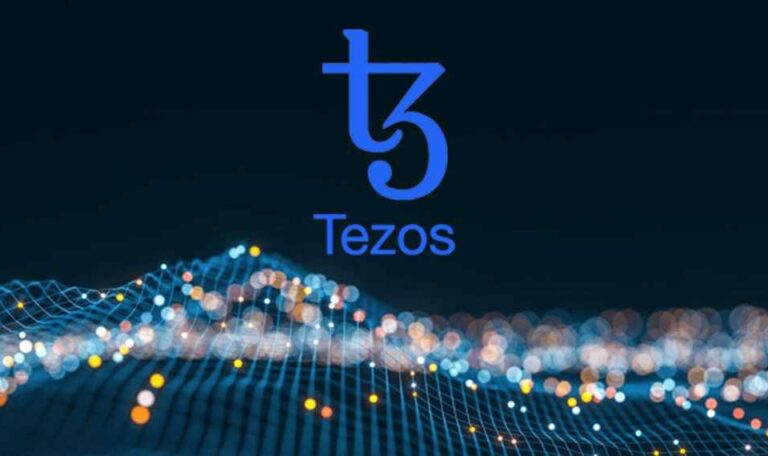5 reasons why Proof Of Work is better than Proof Of Stake
Recently, a new campaign against Proof Of Work called “Change the Code Not the Climate” coordinated by Environmental Working Group, Greenpeace USA, and several groups are calling on bitcoin to change the algorithm used to validate transactions to reduce bitcoin energy consumption by 99%.
This campaign triggered a wave of reactions from both supporters of the Proof of Work algorithm – currently used for bitcoin – and supporters of the alternative Proof of Stake algorithm.
Let’s start with a quick definition of both network algorithms:
Validators who engage in the proof-of-stake model only pay money once to participate — they must purchase tokens to win blocks in the proof-of-stake model. On the other hand, a miner in a proof-of-work validation system, must buy mining equipment and keep it operating indefinitely, incurring variable energy expenses.
Key similar points between Proof Of Work and Proof Of Stake
– Both algorithms are used to validate transactions on blockchain networks.
– Bitcoin and Ethereum, the two largest cryptocurrencies, are using PoW. But the latter is currently transitioning from PoW to the PoS model, a major change that will likely happen during this year. The campaign is basically demanding that the same transition should be carried out to Bitcoin.
In this article, we would like to go over 5 reasons why PoW is not impacting the environment and why we shouldn’t switch to PoS.
#1 Proof Of Stake is the existing system.
It makes it easy for the wealthiest to make decisions. PoS gives the governance power to the elites while bitcoin allows more power to the people.
#2 Proof Of Work is the king of security and decentralization
When it comes to security and decentralization, Proof of work is still considered king.
In proof of stake, validation power is constantly given to the largest stakeholders which could result in a form of centralization. That can’t happen in a system — such as proof of work — that relies on solving complex mathematical puzzles.
#3 Proof Of Work environmental concerns are already debunked
The idea of using the PoW algorithm as a motivation to save energy is as old as early 2009:
Scientific studies have debunked the PoW environmental concerns. So here are the facts according to science:
Renewable energy sources have an abundance of supply. When the grid can’t handle that much electricity, the latter is wasted.
According to a report published by Cambridge University, PoW incentivizes miners to find the cheapest energy sources. That usually refers to surplus energy (electricity that would otherwise be squandered) or low-cost sustainable energy.
Renewable energy is already used by 75% of miners as part of their energy mix.
Above all, the Cambridge Bitcoin Electricity Consumption Index’s experts found that “Bitcoin’s environmental footprint currently remains marginal at best.”
#4 Proof of work helps monetize the excess energy production
With no net increase in emissions, PoW turns extra energy into value. This is precisely what Exxon is doing in North Dakota.
Exxon is using natural gas, that would have otherwise been burned off, to generate enough electrical power to ship containers full of thousands of bitcoin miners. Exxon began testing the project in late January 2021 and extended it in July.
Similarly, ConocoPhillips is selling extra gas to bitcoin miners in North Dakota.
#5 Proof of work gives intrinsic value to coins
With proof of work, coins hold an intrinsic value guaranteed by the work put to earn them.
The algorithm is a form of proof that a specific amount of computational effort has been constantly expended. In contrast, the proof of stake model allows wealthy parties to gain important control as soon as they acquire enough coins to stake.







